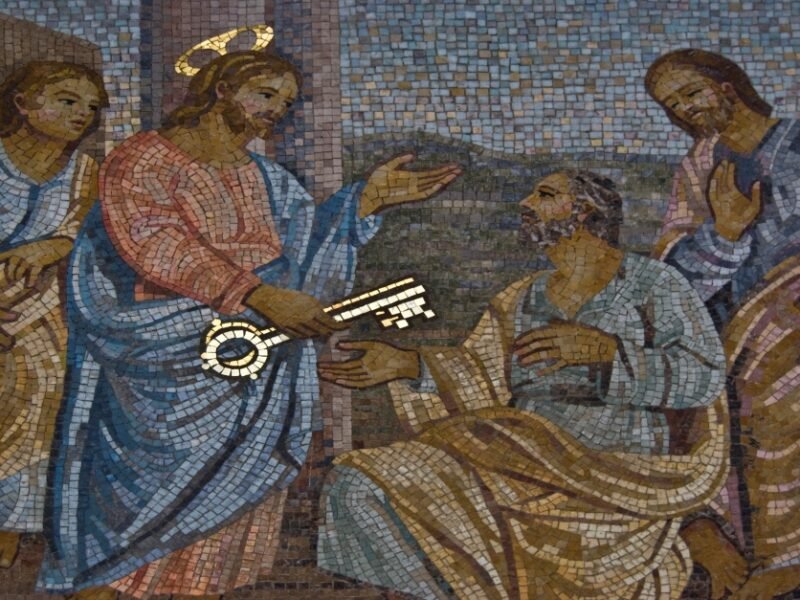Following the response to my review of Re-Formed Catholic Anglicanism, I wish to thank Bishop Sutton for taking the time to address my arguments in detail. His own arguments clarify the nature of the disagreements that continue to exist between Reformed Catholics and what have been called Re-Formed Catholics. For the sake of edification, a brief recap of the salient points seems in order.
Much of the discussion has revolved around the writings of Richard Field as they pertain to the Second Council of Nicaea. Speaking generally, there is no reason to fixate on Field in particular—it just so happens that in Re-Formed Catholic Anglicanism, he is cited as a representative example of a Re-Formed Catholic who is said to accept the Council as ecumenical. I contested this in my review, and Sutton countered with a further elaboration and defense of his own reading. The central disagreement, however, lies beyond the words of Field. Similarly, although a fair bit of attention has been focused on the theological substance and ecumenical status of the Second Council of Nicaea, the heart of the debate does not lie here either. This council has already been the subject of extensive debate within the past few years—I will not add to it here, except to register that I am in fact aware of the initial, poor Latin translation of the Council’s proceedings.
The crux of this dispute is the nature and substance of the English Reformation. The basic facts of what occurred during the English Reformation are generally agreed upon, but its larger significance and bearing on Anglican identity remain contested. To mention a few concrete examples of such disagreements, on Sutton’s understanding, Reformed Continental influence was minimal; the “specific Protestant Evangelical and Reformed” character of the English Reformation was confined to the short reign of Edward VI;[1] and “the Homilies such as the one ‘On Peril of Idolatry,’ were never fully enforced nor considered to be doctrinally binding in the Church of England.” Historical judgments inform both normative and factual judgments about contemporary Anglican theological identity, and if agreement on the import of the relevant history cannot be reached, then the resulting divide over the character of Anglicanism will be difficult to overcome indeed.
Yet even if we disagree on the merits of being “Reformed” vs. “Re-Formed,” and even if the substance of catholicity is itself under discussion, our points of catholic concord are real. Together we affirm the ecumenical creeds, which is no small thing in the world we live in; and we acknowledge the wider Anglican patrimony as ours to be treasured and sustained, even as that legacy continues to be disputed. Part of the mission of The North American Anglican is to facilitate these debates so that the truth may become ever more apparent and accessible to a wide audience. In that spirit, I thank Bishop Sutton again for his contribution and warm acknowledgment of Christian brotherhood, which I return in kind, and I join him in aspiring to glorify God even in our disagreements.
Notes
- I myself have criticized others for overemphasizing the Edwardian period, albeit in connection with the suggestion that Anglicanism is exclusively Calvinist, not the broader claim that Anglicanism is Protestant. See James Clark, “Book Review: ‘Reformation Anglicanism: Essays on Edwardian Evangelicalism,’” The North American Anglican, 8 May 2023, https://northamanglican.com/book-review-reformation-anglicanism-essays-on-edwardian-evangelicalism/. ↑







'Reformed vs. Re-formed: A Synopsis' have 2 comments
January 8, 2025 @ 10:47 pm Wesley Mcgranor
Greeting from a Laudian Protestant, your Anglo-Catholic rationalizations never cease – ala Reformed innuendo.
January 10, 2025 @ 1:55 am Gerry T. Neal
Are there any plans to release Re-Formed Catholic Anglicanism in e-book format?